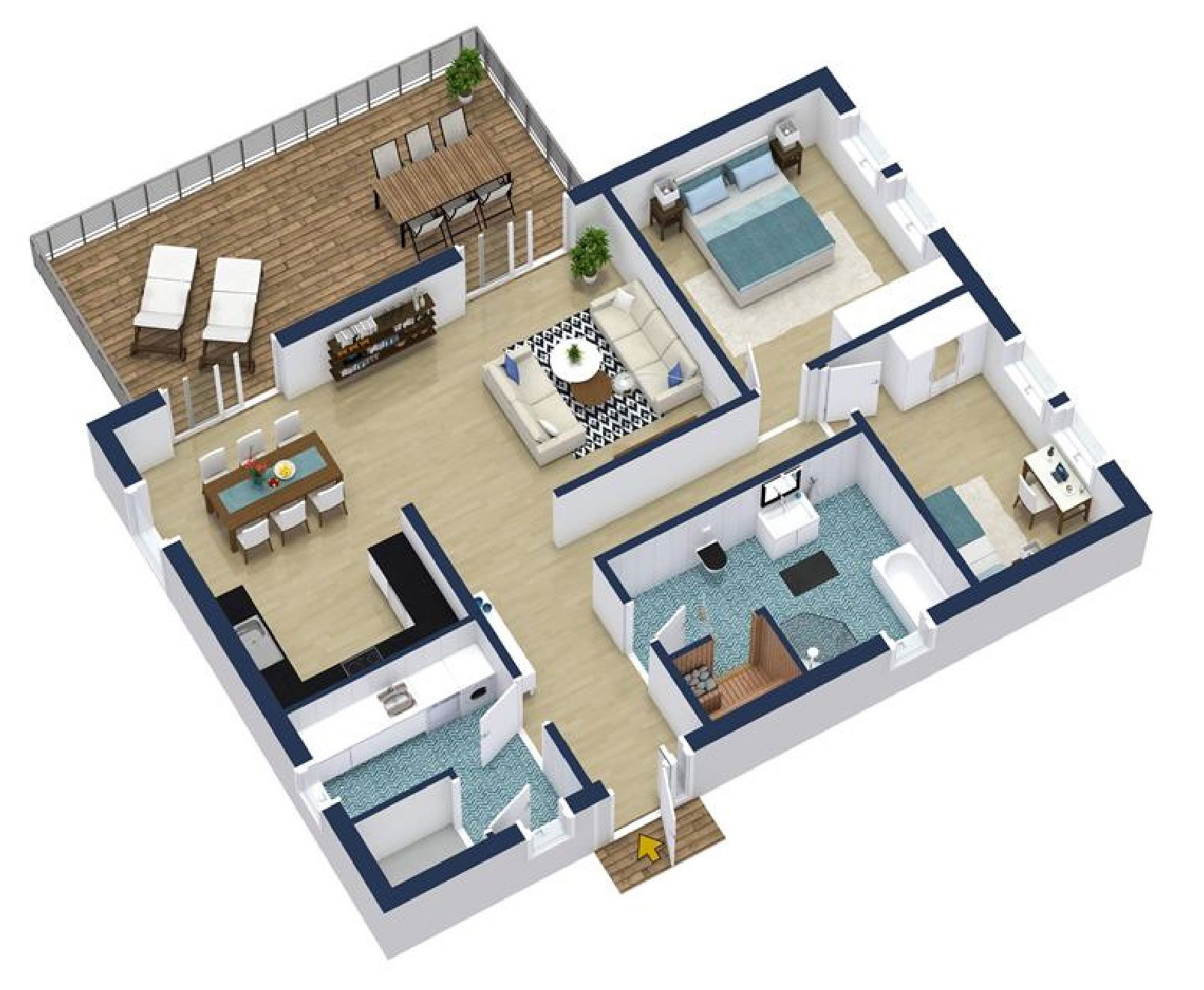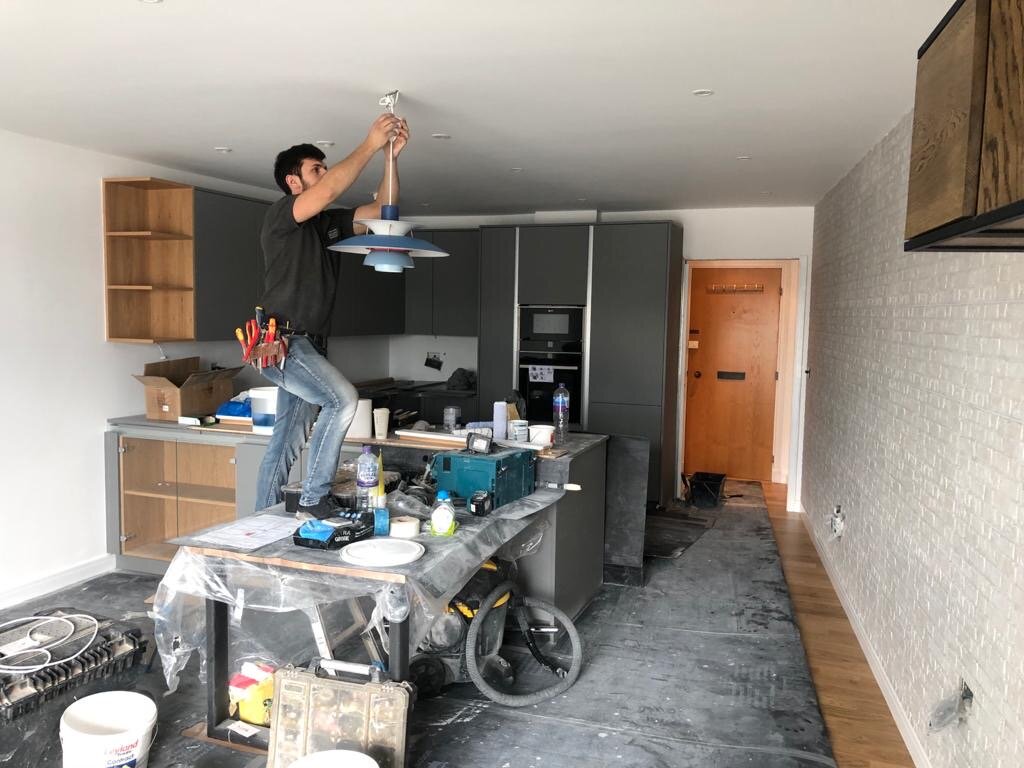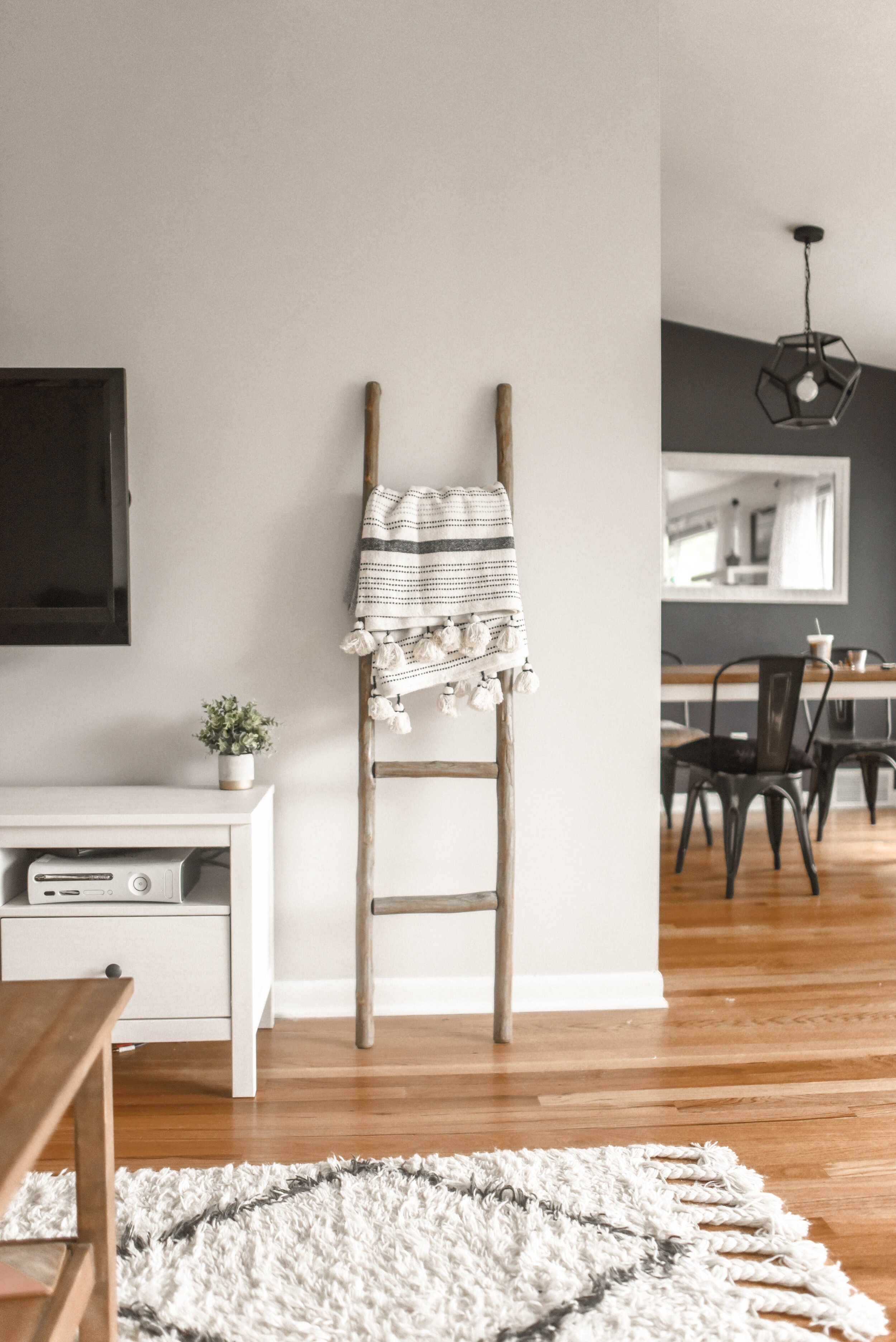Undertaking a home renovation is an exciting yet daunting task. Whether you're looking to revamp a single room or embark on a whole-house transformation, finding the right builder is crucial to the success of your project. With numerous options available, it's important to approach the selection process thoughtfully and consider several factors. In this blog post, we'll guide you through the process of finding the perfect builder for your renovation project.
1. Define Your Project Requirements:
Before embarking on the search for a builder, it's crucial to have a clear vision of your renovation project. Define your goals, establish a budget, and outline your specific requirements. Determine the scope of work, such as whether you need structural changes, electrical upgrades, or aesthetic enhancements. By having a comprehensive plan, you'll be better equipped to find a builder who aligns with your needs.
2. Seek Recommendations and Referrals:
Word-of-mouth recommendations can be invaluable when searching for a reliable builder. Reach out to friends, family, neighbors, and colleagues who have recently completed renovations. Enquire about their experiences and ask for recommendations. Online review platforms, local community groups and websites such as Mybuilder, check a trade and trust a builder can also provide insights and suggestions. Compile a list of potential builders based on these referrals, taking note of any frequently mentioned names.
3. Conduct Thorough Research:
Once you have a list of potential builders, conduct thorough research to assess their reputation, experience, and expertise. Visit their websites to gain insights into their previous projects, client testimonials, and professional affiliations. Check if they have experience in projects similar to yours, as this indicates their suitability for your specific renovation needs. Look for builders who prioritise quality craftsmanship and attention to detail. If they are available immediately, question why that is, a busy builder is a good sign.
4. Request and Review Portfolios:
To gauge the builder's style and capabilities, request to see their portfolio of completed projects. Look for visual examples that align with your vision, whether it's a modern, traditional, or eclectic aesthetic. Pay attention to the quality of workmanship, finishes, and attention to detail in the photographs. A builder's portfolio can give you a sense of their craftsmanship and help you determine if they can bring your vision to life.
5. Check Licenses and Certifications:
Verifying that the builder holds the necessary licenses and certifications is vital. Ensure they are appropriately licensed to perform the work required for your renovation. Check if they are members of professional organizations, as this demonstrates their commitment to maintaining industry standards. Licensed builders possess the necessary expertise and knowledge to navigate the complexities of building codes and regulations.
6. Obtain Multiple Quotes: Consider Fluctuating Material Costs and TBC’s
When gathering quotes from different builders for your renovation project, it's essential to be aware of the potential impact of fluctuating material costs. The prices of construction materials can vary significantly over time due to market conditions, availability, and other factors. These fluctuations can influence the quotes provided by builders, making it important to consider the current market dynamics.
Builders typically include the cost of raw materials in their quotes, but it's important to understand that these costs are subject to change. Some builders may provide a quote based on current material prices, while others might factor in potential price increases during the project timeline. It's crucial to have open communication with builders about how they handle material cost fluctuations and whether the quote is subject to adjustment if material prices change significantly.
Keep in mind that the quality and type of materials used can also affect the overall cost of your renovation project. Higher-end materials generally come with a higher price tag, while more affordable alternatives can help you stay within budget. Discuss your preferences and budget constraints with the builders, allowing them to provide alternative material options or suggestions that can help you achieve your desired outcome without compromising on quality.
Obtaining multiple quotes not only helps you compare pricing but also allows you to gain insights into different builders' approaches, expertise, and project timelines. Consider the reputation and reliability of the builder, as well as their ability to deliver on time and within budget, rather than solely focusing on the initial cost estimate. A builder who understands the market dynamics and is transparent about potential material cost fluctuations demonstrates professionalism and helps you make informed decisions.
When obtaining quotes from different builders for your renovation project, it's important to pay attention to any costs that are listed as "To Be Confirmed" or TBC. This acronym indicates that certain aspects of the project are not yet fully defined or decided upon, and the corresponding costs will be confirmed at a later stage.
Builders may include TBC costs when certain elements of the renovation, such as specific materials, finishes, or design details, have not been finalised during the initial quoting process. It could be that you're still in the process of making decisions or exploring various options. While it's understandable to have some aspects undecided at the beginning, it's essential to clarify these costs before starting that particular section of the scope of works before committing it.
When you encounter TBC costs in a quote, take the time to discuss with the builder to understand the reasons behind them. Seek clarification on which aspects are yet to be confirmed and when you can expect the final costs. It's crucial to have a clear understanding of what these costs entail and how they might affect your overall budget.
By addressing TBC costs early on, you can avoid any surprises or unexpected expenses down the line. Work closely with the builder to determine a timeline for finalizing the details and obtaining revised cost estimates once decisions are made. Open and transparent communication with your builder is key to ensuring that all aspects of the project are accounted for and that there are no misunderstandings or discrepancies in the final costs.
7. Be Realistic About Start Dates: Avoid Rushing Your Renovation:
When selecting a builder for your renovation project, it's important to be realistic about the start date and to understand that no home renovation should be rushed. While you may be eager to get started and complete the project as quickly as possible, rushing the process can lead to compromised quality and unsatisfactory results.
A reputable builder will provide you with an estimated start date based on their current workload and availability. It's crucial to have open and honest communication with potential builders about your desired timeline and any specific deadlines you may have. However, it's important to remember that good craftsmanship takes time, and rushing the process can result in costly mistakes or the need for rework.
By allowing ample time for planning, Interior design in some aspects, selection of fixtures, furniture, final finishes and preparation, you give your builder the opportunity to create a detailed and well-thought-out plan. This includes obtaining the necessary permits, sourcing materials, and coordinating with subcontractors if needed. Taking the time to go through these essential steps ensures that your renovation project progresses smoothly and minimizes the risk of delays and complications.
Remember, quality workmanship and attention to detail require time and dedication. A rushed renovation can lead to subpar results that don't meet your expectations. By setting realistic start dates and allowing for proper planning and execution, you increase the chances of achieving the desired outcome while maintaining the highest standards of quality.
Conclusion:
Finding the right builder for your renovation project involves careful consideration, research, and realistic expectations. By following these tips, which include defining your project requirements, seeking recommendations, conducting thorough research, reviewing portfolios, checking licenses and certifications, obtaining multiple quotes, and being realistic about start dates, you'll be well-equipped to select a builder who aligns with your vision and can bring your dream renovation to life. Remember, a successful renovation project requires time, attention to detail, and collaboration between you and your chosen builder.
































































